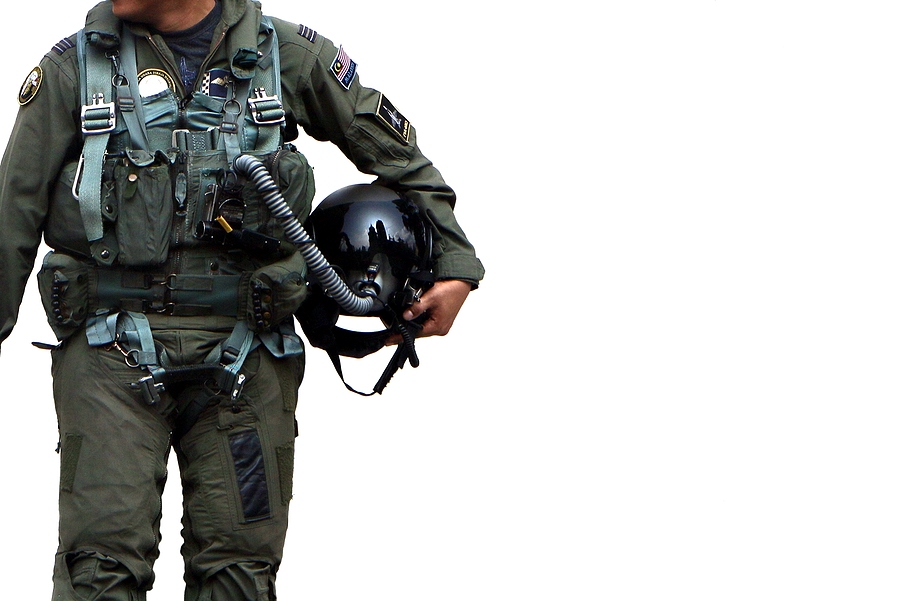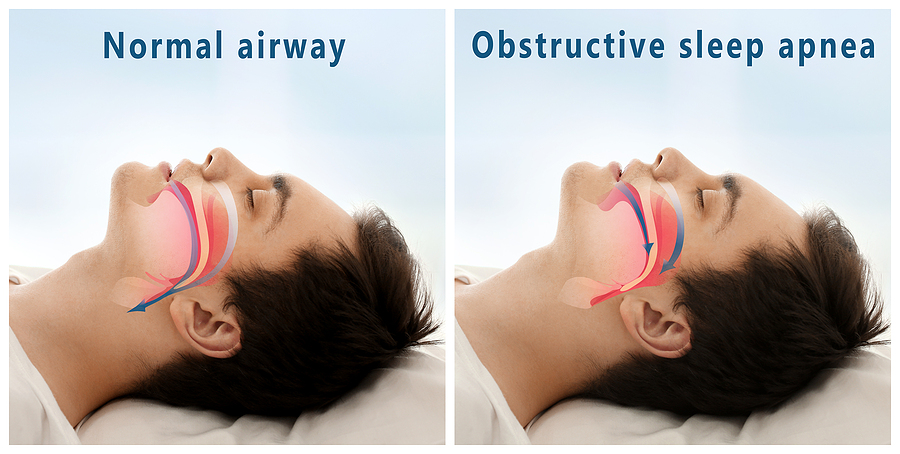“Sleep” aids and why they are bad
Beware of Accidental Sedating Medications – In general, the FAA does not approve sleep aids for regular use for two reasons. The first is that taking a sleep aid regularly often highlights an underlying sleep issue that is not being appropriately addressed.
As a side note, the treatment for a sleep problem should never be the regular use of a sleep medication. Using sleep medication regularly is like trying to treat a gunshot wound with a band aid – you may have covered up the hole, but it isn’t solving the underlying problem.
The second reason the FAA doesn’t like regular use of sleep aids has to do with lingering effects that can take days to fully wear off. You may not notice those effects while walking around or sitting behind a desk.
But at 8,000 feet, with your oxygen saturation down to around 90%, in IMC with an autopilot malfunction when ATC decides to give you a new full route clearance? Your brain needs all its processing power – processing power that may be reduced by the lingering effects of sedating medications.
When are sleep aids ok?
Understand that the above section is meant to address the regular use of sleep medication. That means daily use for more than a few days at a time. There are absolutely circumstances when people need short-term help falling asleep.
During international travel, it may be worth using strategic sleep medicine to help reset your circadian rhythm. Making a long-term shift change at work is another valid reason for a couple of days’ use of sleep medication to help adjust to your new hours.
Even when sleep medicine is a good option, it still needs to be used with caution if you plan to fly. Essentially you need to know how long the medication may be impacting you to determine if it is safe to fly again.
We will cover a bit more of how to determine this at the end of the article.
What are these “accidental sedating medications?”
In 2017 the FAA published their most recent forensic toxicology report. This report summarized all of the information found related to drug use from autopsies performed on persons who died in aviation accidents.
A total of 215 cases were pilots, co-pilots, and instructors and 163 had a current FAA medical. But 66 of the 163 pilots that had an FAA medical (40%) also had a medication found on autopsy that was not listed on their medical. These included over-the-counter, prescription, alcohol, and/or controlled substances (prescription and illegal).
Diphenhydramine
Far and away the most frequent sedating medication found was diphenhydramine. A first-generation antihistamine commonly known by the brand name Benadryl, diphenhydramine also appears as a component in many over-the-counter cold remedies.
The trick with Benadryl and medications like it is you do not always know when you are taking it. Nyquil contains both alcohol and another first-generation sedating antihistamine called doxylamine.
Meanwhile, Tylenol PM contains diphenhydramine as the sedative. Virtually all “night” or “nighttime” over-the-counter medication contains some type of sedative. Most likely it is a first-generation antihistamine.
Other sedating medications
Many prescription medications also have sedating and/or impairing effects that your doctor or pharmacist may not fully express to you. At the top of this list are muscle relaxers, but it also include benzodiazepines (Xanax, Ativan, Valium) and opioids (Norco, Percocet).
It isn’t to say that you should never take these medications. If you have a back spasm, then sometimes a sedating medication is the only thing that will let you sleep. And, if you don’t like tight dark spaces and have an MRI scheduled, then a one-time dose of Xanax is not out of the question.
If you cut your hand working on your plane and need a day or two of Percocet, that is entirely reasonable. But you do need to be very cautious about how soon you fly after taking them.
When can I fly?
The FAA does not have a comprehensive medication database available. They do have a specific Do Not Issue Do Not Fly document that was most recently updated in June 2023 as of this writing.
If you do an internet search for “FAA do not issue do not fly” it will be one of the top hits. The FAA also has a guide for over-the-counter medications that can be found by searching for – you guessed it – “FAA over-the-counter medications.”
This gives you some pretty good guidelines to follow. The FAA even has a dedicated web page for prescription sleep aids. We have done our best to compile everything we know about the FAA and medications in our medication database.
Wait Times
If you can’t find exactly what you are looking for in those documents or the links they contain, there is also a general “no-fly wait time” that can be used for virtually any medication. This takes a bit of effort on your part, but it is essentially a math equation:
Wait time = 5 x the maximum half-life of the medication
The FAA has stated that diphenhydramine (Benadryl) requires a 60-hour wait. Now let’s do the math. A simple internet search says the half-life has a range of 7 to 12 hours.
Wait time = 5 x 12 hours = 60 hours or 2.5 days. Looks like this example checks out. Let’s do another one.
Say you were given a Xanax for that MRI. The FAA does not have a specific wait time for it. The half-life ranges from 6.3 to 26.9 hours. This is partly due to how this kind of medication can be stored in the body and will continue to be released over time.
Wait time = 5 x 26.9 hours = 134.5 hours or 5.6 days.
Summary
Medications have a much longer impact on the body than what you subjectively “feel.” The FAA has some very specific rules, but also some general guidelines, that are worth knowing.
While the accident autopsies were not enough to say that medications caused accidents, given how frequently sedating or impairing medications were found on the toxicology report it is clear that not all pilots were performing their due diligence in ensuring they were free from potential effects of their chosen medication.
If you have an issue in flight, that is not the time you want to have to be battling brain fog from a recent medication use.
Follow us on Facebook.com/wingmanmed





